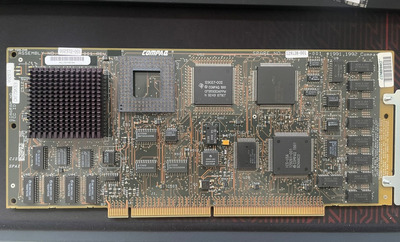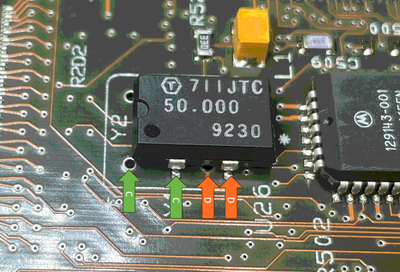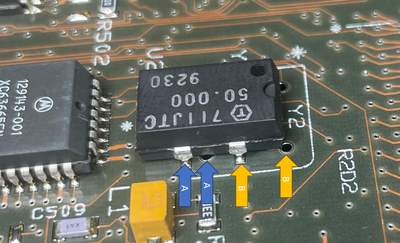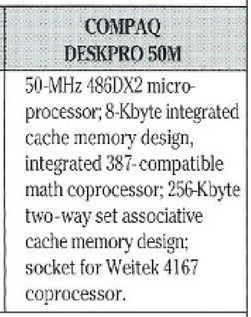First post, by NightShadowPT
- Rank
- Member
Hi,
On a separate thread, I learned that it would be possible to upgrade the Compaq Deskpro 50M processor board to the 66M (moving from a 486 DX2 50 to a 486 DX2 66), just by changing the oscillator and the processor.
I have procured the 50M board and I'm willing to give it a try, but would like to ask some advice from our more knowledgeable members because my soldering skills are beginner level.
Here are my questions:
- Can someone recommend me the exact Oscillator I should use to make this work?
- My best judgement tells me the Oscillator I need to replace is the 4 legged chip that is dead center on the board (see picture below) with the inscriptions "711JTC 50.000 9230". Can someone confirm?
Despite my poor soldering skills, if this is the right chip, it does not seem to be too hard to change. (am I underestimating the task? 😀)
Happy to hear your thoughts on this one.
NightShadowPT
----------------
Compaq Deskpro M 486/66 - 64MB Ram - Compaq QVision 1MB - Orpheus II Sound
Card - 4GB SCSI HDD + 4GB CF Card - SCSI CD-ROM Plextor PX-32TSi - Adaptec WideSCSI AHA-2740W - 3COM Etherlink III Card



